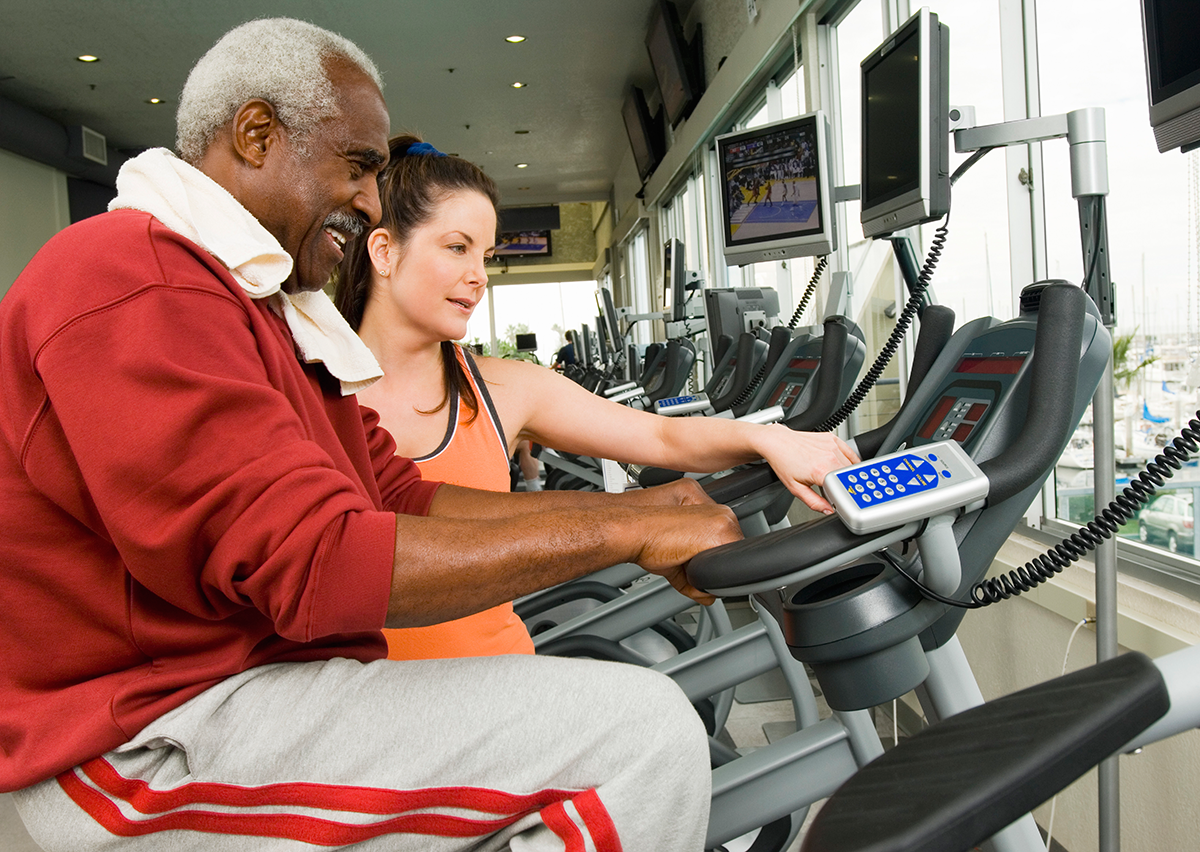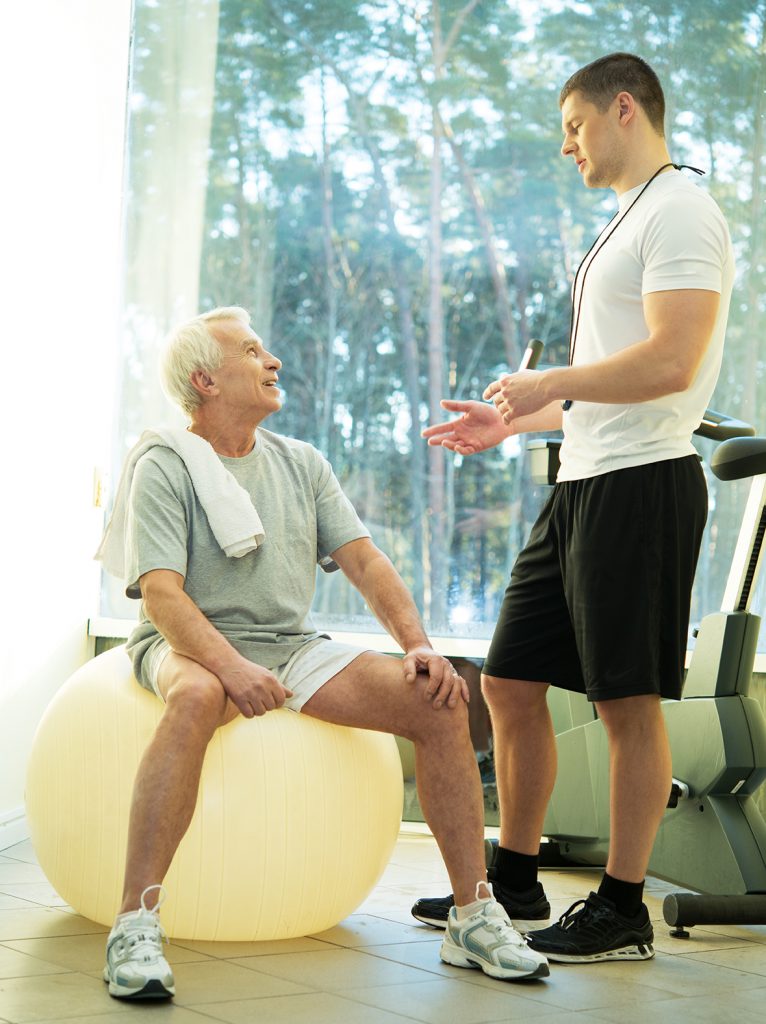Exercise and Wellness and Their Role in Injury Reduction and Prevention
For many exercise professionals, the goal of training and educating clients is to improve health, increase strength and performance, and improve fitness parameters. The concept of reducing injuries may not be high on their radar screens.











 What types of medications are they on? Calcium Channel Blockers, blood thinners (Coumadin)? These may have an effect on the intensity and type of exercise performed. You know that people who have A-fib are at increased risk for strokes, and may have hypertension and get dizzy more often. The medications – while they may help with some factors – may preclude a well-designed exercise program just because they may not tolerate some types of exercise.
What types of medications are they on? Calcium Channel Blockers, blood thinners (Coumadin)? These may have an effect on the intensity and type of exercise performed. You know that people who have A-fib are at increased risk for strokes, and may have hypertension and get dizzy more often. The medications – while they may help with some factors – may preclude a well-designed exercise program just because they may not tolerate some types of exercise.
